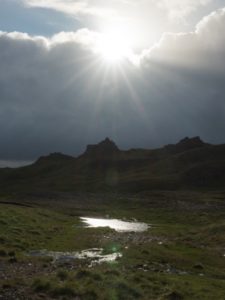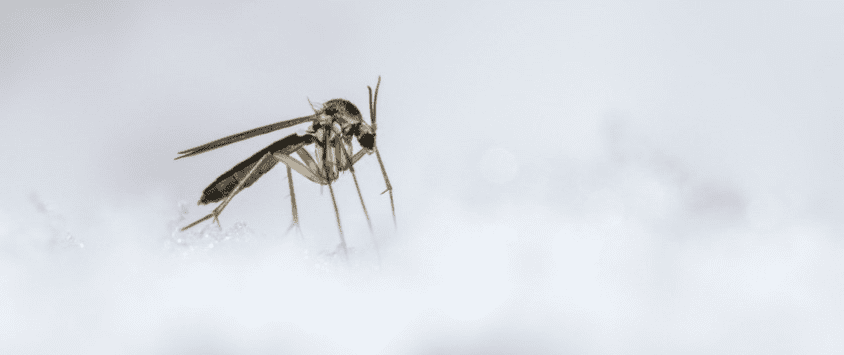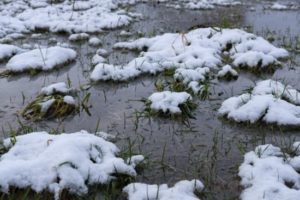Does the Cold Kill Mosquitoes?
You may be thinking that June is an odd month to be writing about the cold and its impact on mosquitoes but hear us out. June is one of three months in Alaska where mosquitoes are at their height. It’s not a long season, but what it lacks in length it makes up for in quantity. If you haven’t seen what mosquitoes in Alaska look like check out this video. Makes you glad to live in Texas, doesn’t it?
There is a common misconception that when our temperatures dip to the freezing mark all the mosquitoes die. If this were true then Alaska would be a mosquito-free zone, which, as you can see from the video, is far from. Mosquitoes would also have died off a long time ago. How long have mosquitoes been around? Since the Jurassic period, so about 210 million years. It is safe to say that a little Texas freeze won’t be doing much to kill them off.
So, what happens to the mosquito when the temperatures dip? There is no doubt that many mosquitoes die off. They have a short life span after all. Others simply hibernate through a process of “supercooling”: they remove impurities from their body fluids that would trigger the formation of ice. By doing this they can avoid the bursting of cell walls under 32 degrees F. What is key to their survival, however, are their eggs. This is why Alaska has such a huge problem: mass numbers of mosquitoes lay about 300 eggs a time every few days only increasing the numbers the next year.
 Mosquitoes know what they are doing. They lay their eggs in water or on the moist ground near water. Those eggs can lay dormant for ten to fifteen years and hatch when the time is right. In Alaska, the runoff and water that results from the melting snows create mass hatching of those eggs, resulting in the video you saw.
Mosquitoes know what they are doing. They lay their eggs in water or on the moist ground near water. Those eggs can lay dormant for ten to fifteen years and hatch when the time is right. In Alaska, the runoff and water that results from the melting snows create mass hatching of those eggs, resulting in the video you saw.
Managing mosquitoes for our customers involves much more than spraying leaves with products. We manage not only existing water, in French drains, puddles, etc., but those areas that might be dry but will likely collect water after a hard rain. Trying to get ahead of the population in your yard means we must pay close attention to the areas where mosquitoes will lay eggs so we can prevent the resulting larvae from hatching into adults.
Another interesting tidbit about Alaska and its mosquitoes is the presence of the “snow mosquito” (Aedes Communis). These mosquitoes are large, like a bee, and survive the winter by bundling in leaf litter or under tree bark. They can also burrow into the snow and wait for the spring to melt. They exist in other northern states, like New Jersey and Montana but happily, not in Texas. Snow mosquitoes are the first to appear and tend to take a blood meal from animals since humans are often inside (or bundled up if out in the cold.) Like all mosquitoes they feed off plant nectar, biting only before they need to lay eggs (the females are the only mosquito that bites.) In the case of the snow mosquito, they play an important role in pollination: scientists discovered, in the early 70s, that Aedes Communis is an important pollinator of the blunt-leaf Orchid (Platanthera Obtusata) as well as other smaller flowers found at higher elevations.
While Alaska is currently suffering through a short but very intense mosquito season, here we are pretty much always dealing with mosquitoes. Managing the water in your yard will go a long way to keeping your population in check. Mosquito Joe of NW Houston can do this for you, as well as treat your yard to reduce your mosquito population by 95%. You can call us for a free, quick, over-the-phone quote. We never make you sign a contract here so why not give us a try? Give us a call today at 281-815-0228!




